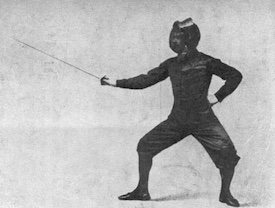What do we make of this. I'm watching it before bed, so I'll think it over tomorrow. But from my extremely layman's POV, I'm thinking... what is he getting at? Is this a very roundabout way of pooh-poohing measurements... objectivity? And the bit about cables... I still don't really feel like I perceive microseconds. But then what about the 'Perceiving Timbre' section. About different musical instruments being indistinguishable if you trim the first few microseconds from their recorded sound.
it’s a great question, and honestly, your "extremely layman’s POV " is already pretty spot-on in picking up the key points he's trying to make. Here's how I'd break it down:
The big takeaway seems to be that hearing is
way more nuanced and complex than some give it credit for. Measurements like frequency response and distortion—which are the basis of most "objective" evaluations of audio gear—are obviously important, but they’re not the
whole story. He’s not dismissing measurements but just pointing out that they might not always capture the subtleties that our brains and ears can pick up, especially when it comes to things like timing, transients (those ultra-short bursts of sound at the start of a note), and spatial detail.
The part about microseconds and cables might feel a bit abstract, and that’s fair— it’s hard to grasp something so tiny when you’re not consciously aware of it. (for example, the brainstem processes raw auditory data before it even reaches conscious awareness). his timbre example with instruments is a good way to think about it: even a seemingly insignificant detail, like the first few microseconds of a sound, carries a ton of information that helps your brain figure out what you’re hearing. If you strip that away, it suddenly becomes much harder to tell a trumpet from a clarinet.
So, what’s he getting at? ... I think he’s trying to remind us that audio perception is incredibly rich and layered, and there’s a lot going on that standard measurements can’t fully explain. And that’s why subjective impressions still matter, even if they don’t always align perfectly with what we measure in a lab. Whether or not cables or timing differences really make an audible difference for everyone is obviously a whole 'nother debate, but his broader point seems to be: our ears are pretty incredible, and there’s more to sound than numbers on a graph.























